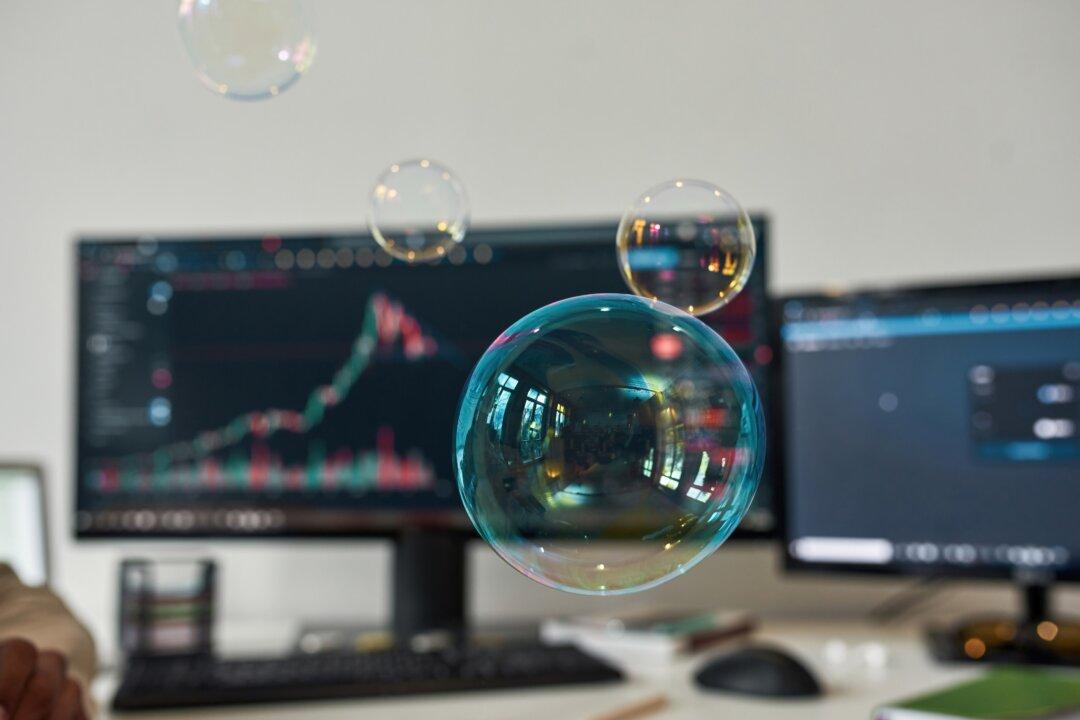By Dan Burrows
From Kiplinger’s Personal Finance
Have you noticed that equity investors can’t have nice things? As miserable as we are when stocks are going down, we’re even unhappier when they’re going up.

Have you noticed that equity investors can’t have nice things? As miserable as we are when stocks are going down, we’re even unhappier when they’re going up.